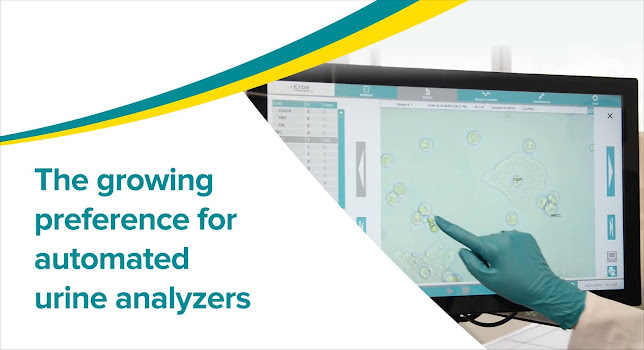World Thrombosis Day - how dangerous can blood clots be and why early detection is crucial

Thrombosis or blood clotting can be a clinically silent condition, proving to be critical without any warning signs. However, blood clots can be prevented and treated, if detected in time. On World Thrombosis Day, Transasia Bio-Medicals sheds some light on the prevalence of VTE and its detection by a simple blood test such as D Dimer. Blood clots - the first line of defense or a cause of concern? Blood clotting or coagulation is the body’s defense tactic against bleeding. In the case of an injury, the clotting system is activated to ‘plug’ the injury site and prevent excess blood loss. Once healed, the body breaks down the clot. In certain instances, the blood clot may fail to dissolve after an injury, or clots may form inappropriately, within a blood vessel, preventing normal flow. This process is called thrombosis. Know the different types Broadly speaking there are two main types - venous and arterial, depending on where the clot occurs. Arterial thrombosis can ...




